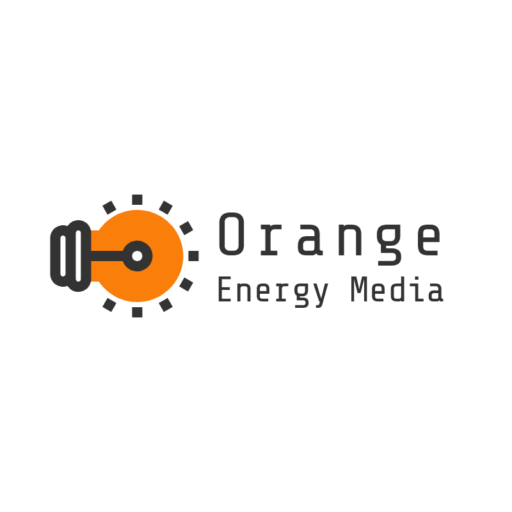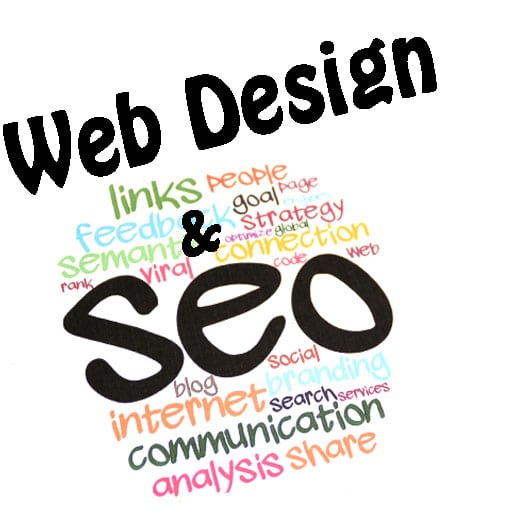Website Design & SEO
Developing an SEO-friendly website
Business owners who are having their website designed or redesigned to take advantage may not be aware that search engine optimization needs to be built into the web design process, not added in after the site is built.
All business owners desire to have a current, creative website that attracts customers and is user-friendly. The key is to ensure that it is built for search engine marketing and lead generation if your business is looking to grow its customer base, sales and revenue.
This article will explore the different elements to focus on that results in both an SEO and user-friendly website.
Website Design & Navigation
 First, your website should be built upon a solid digital marketing plan with a defined value proposition and an understanding of what audience you are trying to attract. If that’s unclear, then you need to revisit that before having a web designer start work.
First, your website should be built upon a solid digital marketing plan with a defined value proposition and an understanding of what audience you are trying to attract. If that’s unclear, then you need to revisit that before having a web designer start work.
Creative design is important but proper branding is critical. The design, colors, look and feel, and “brand voice” used on your website, in conjunction with your social marketing efforts, must be recognizable and consistent so that visitors can easily determine who you are, what you do and how you do it.
Navigation is more than just the menu at the top of your website. It is how you direct visitors to the most relevant part of your site. Navigation can be a tool to raise awareness of additional products or services on the site. Navigation should be intuitive. In other words, visitors should not have to figure out how to get the information they need. It should be easy for them to get to the right page and find it, sometimes with more than one path to get there.
Consider applying a content hierarchy. This organizes your website pages through categories and subcategories. If you have more than a dozen products on a page, you could consider building out a subcategory page. Also consider cross-linking pages and using other internal links to make your content easily findable and relevant from different vantage points.
Indexable Content
 If a search engine can easily index or “crawl” your website pages to understand the content on each page of the site, then your designer is working towards an SEO-friendly site and the chances of the pages appearing higher in the search engine results pages becomes much more likely.
If a search engine can easily index or “crawl” your website pages to understand the content on each page of the site, then your designer is working towards an SEO-friendly site and the chances of the pages appearing higher in the search engine results pages becomes much more likely.
Proper coding of your site by your design company is critical to ensure your pages load FAST! If your visitors go to your site and the page doesn’t load within 3-4 seconds they are very likely to abandon your site and find what they want somewhere else.
Imagery
 Attractive imagery on a webpage is engaging. It can help visually break-down a complex concept, artfully and simply convey meaning and emotion and offset plain text on a page.
Attractive imagery on a webpage is engaging. It can help visually break-down a complex concept, artfully and simply convey meaning and emotion and offset plain text on a page.
While it is fairly common to add high quality images to the site regardless of their size (sometimes for aesthetic reasons), SEO-friendly sites require smaller, compressed images to further improve page load times. Through the use of image compression tools, your designer can compress an image to reduce file size without sacrificing noticeable image quality.
Other SEO Factors:
- Keyword targeting
- HTML title tags
- Meta description tags
- Page content
- Page speed
In summary, all the above website design and SEO elements should be considered by your designer before, during and after a website design project.








